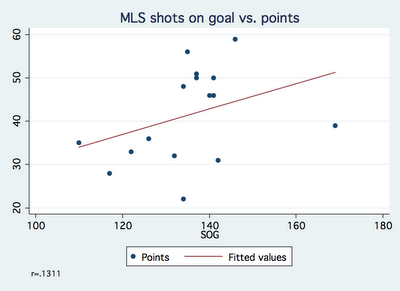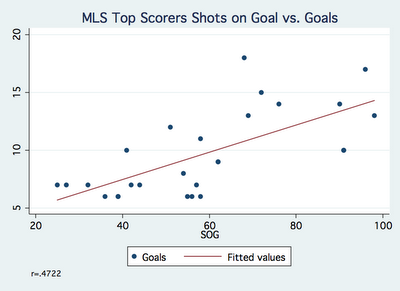Valuing The MLS SuperDraft
Ford Bohrmann
The draft can be a valuable tool to build a successful club in MLS. When expansion teams come into the league they are automatically given the top draft picks. The list of players that entered MLS through the draft is telling. Some of the top goal scorers: Clint Dempsey, Taylor Twellman, Edson Buddle, Brian Ching. Some of the players with the most minutes: Nick Rimando, Brad Davis, Nick Garcia, Brian Carroll. The list goes on.
Some of these players I’ve mentioned were top picks. Brian Carroll was selected 2nd overall in 2000. Taylor Twellman was selected 2nd overall in 2000. Some of the top players who were chosen in the draft were selected in the later rounds, but went on to very successful careers. Chris Rolfe was selected 29th overall. Davy Arnaud was selected 57th overall and scored 54 goals in his career.
On the flip side, there are a number of notable draft busts. Nikolas Besagno was selected 1st overall in 2005 and went on to play in only 8 games. Joseph Ngwenya went 3rd overall in 2004 to Salt Lake and scored 18 goals in his career, while Salt Lake passed over Clint Dempsey, Clarence Goodson and Michael Bradley.
This post aims to provide some context around the value of draft positions. This can be helpful for determining a fair trade (“Should I trade up to a higher selection?”) or looking at how clubs have performed in their draft selections (apparently the Rapids have done a pretty crappy job overall).
Read More






